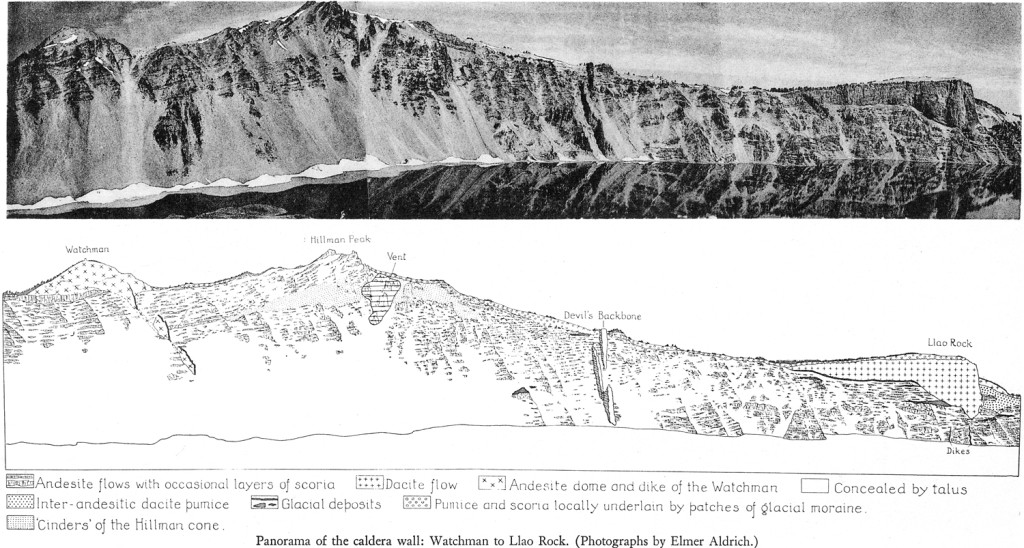Plate 29. Panorama of the caldera wall: Watchman to Llao Rock. (Photographs by Elmer Aldrich.)
In brief, the Hillman cone was built first by explosions of viscous scoria, and later by alternating outflows of lava and more violent, low-temperature eruptions. The flows were confined to the immediate vicinity of the cone, and probably activity came to an end before the Watchman andesite and the neighboring dacites were extruded from the Northern Arc of Vents.
Fortunately, the conduit of the Hillman volcano is perfectly exposed a short distance east-northeast of the summit pinnacle, and is easily accessible. In plan, it is approximately oval, measuring 1/3 by 1/5 mile, and is elongated in a direction more or less radial with respect to the former summit of Mount Mazama (plate 29). Most of the conduit consists of massive andesite devoid of conspicuous banding. Toward the center, this andesite is generally of a pale-gray color, is traversed by widely spaced, steeply dipping joints, and is notably vesicular. Intruded into the pale lava is a denser, darker, and less vesicular andesite in which the jointing is more closely spaced. Similar relations have been noted in the conduits of the Union Peak, Mount Thielsen, and Howlock Mountain volcanoes.
Along the margins of the conduit there is commonly a thin skin of coarse breccia, deeply reddened by the action of gases. Within the conduit are much larger bodies of massive, unbedded breccia, likewise affected by solfataric action. Close to the exposed top of the conduit, near the western edge, the unbedded breccias pass upward gradually into well stratified ejecta that were probably laid down at the surface.
The margins of the conduit seem to have offered ready passage for gases and solutions rising from the chamber below. Not only are the rocks of the conduit itself largely altered, but the enclosing lavas are tinted in shades of orange, red, pink, brown, purple, and green by the development of chlorite, hematite, and limonite, or are bleached to whitish, crumbly masses of kaolin and opal.
***previous*** — ***next***


